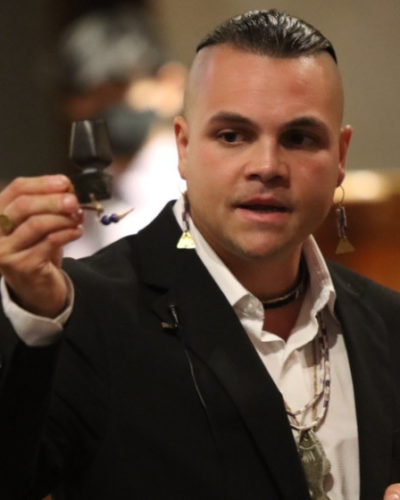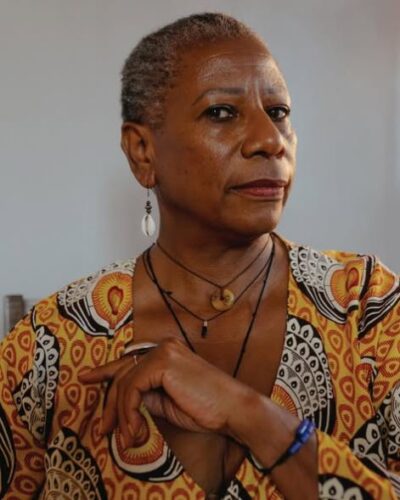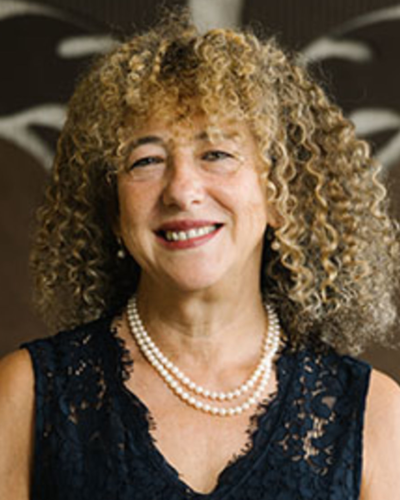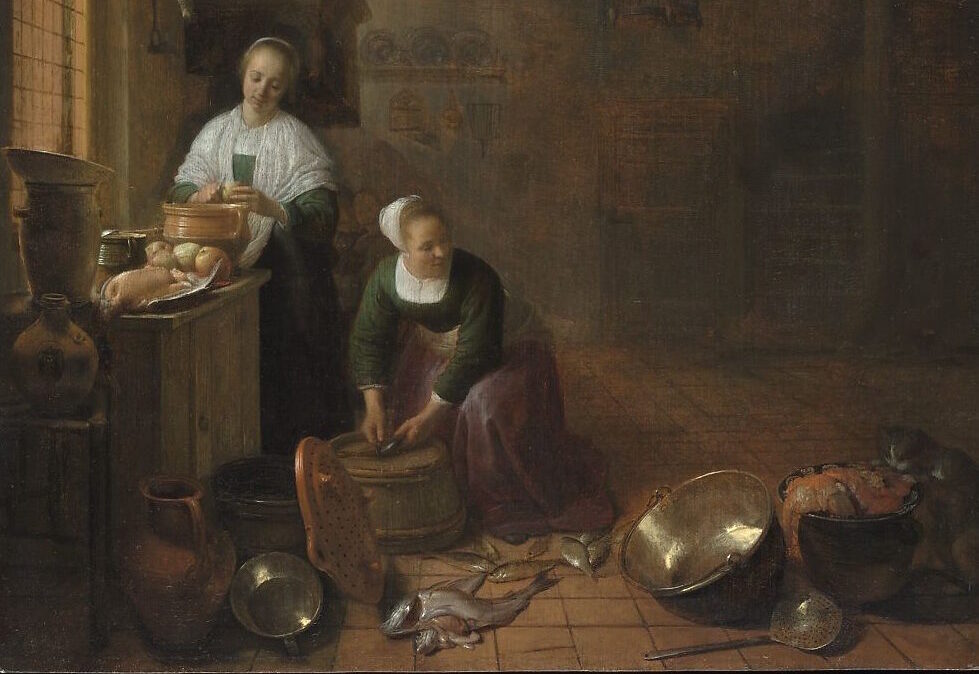Image: A Kitchen by Hendrick Sorgh, courtesy of the Metropolitan Museum of Art
The New Amsterdam History Center
2005-2025
On the occasion of its 20th anniversary
joins
The Netherland Club of New York
AFRICAN, INDIGENOUS, AND DUTCH FOODWAYS IN 17th-CENTURY NEW AMSTERDAM
Wednesday March 26, 2025
6:30 to 8:30 PM
New research on the history of food in 17th-century New Netherland brought together three outstanding historians
Drew Shuptar-Rayvis discussed Native American traditions
Lavada Nahon focused on African American foodways
Deborah L. Krohn highlighted aspects of the Dutch material culture of the kitchen in 17th-century New Amsterdam/New York
THE TALK WAS ACCOMPANIED BY A BUFFET OF HISTORICAL FOOD
On the evening of March 26, 2025, over 100 guests joined the NAHC and the NL Club for a fascinating and informative program on the foodways of New Amsterdam. Drew Shuptar-Rayvis filled us in on Native American Traditions, Lavada Nahon spoke passionately about the African enslaved women in the kitchens of New Netherlands and the foods they prepared, and Bard Professor Deborah Krohn highlighted aspects of the Dutch material culture in the kitchen.
Guests then had the privilege of tasting samples of the foods of the period carefully prepared by caterer, Lauren Mc Grath based on the cookbook, History on our Plate: Recipes from America’s Dutch Past for Today’s Cooks. Typical dishes of the period such as Native-American Sappaen, beef pasties with ginger, nutmeg and cloves, and cucumber pickles with cloves, followed by sweets including apple-rosewater tartelettes and shoemakers Taert, were savored by all.
It was a most festive evening kicking off the celebration of the New Amsterdam History Center’s 20th anniversary.
The Netherland Club of New York
3 West 51 st Street
New York
This event was made possible in part with contributions from Pat Bonomi, Vanessa Sellers,
Michael Cavanaugh, Mark Boelhouwer, and Bruce Hannon
IF YOU WOULD LIKE TO BE A SPONSOR FOR AN EVENT LIKE THIS, PLEASE CONTACT NAHCEBERG@GMAIL.COM

Algonkian Historical Consultant Drew Shuptar-Rayvis: What’s in the pot? Algonkian food of 17th-century New Netherland
Drew Shuptar-Rayvis introduces the diverse and delicious world of Algonkian food, explaining the basic diet of Algonkian peoples. Where did their food come from, how was it prepared, and how did they store their food? Listeners are invited to become immersed in the science behind the dishes that allowed the Algonkian peoples to live and thrive for thousands of years. New discoveries demonstrate in what way the larger consequences of trade and colonization changed the way the Algonkian people grew their food and the complex effects of the new foods and drinks they added to their diet.

Lavada Nahon: Africa in the kitchens of New Netherland
Seeing Africa in the kitchens of New Netherland/New York is less about ingredients and more about skill, passion, and fortitude. What did it take for enslaved women and their descendants from West Central and West Africa to master European and North American ingredients and foodways, to produce food acceptable to their enslavers for two-hundred years? Why do we always look for ingredients rather than genius? Because no matter the ingredients it is the skill of the cook that makes the difference.

Deborah L. Krohn: A Dutch Kitchen in 17th-century Brooklyn
In 1695, Margrieta Van Varick died in Brooklyn, the widow of a Dutch reformed minister, with whom she had come from the Dutch Republic almost ten years before. She left a detailed inventory that was the subject of an exhibition at the Bard Graduate Center in 2009. The inventory lists an impressive variety of dishes, plates, pots and pans, and other utensils, suggesting that her kitchen was well-stocked and suitably outfitted to feed her husband, their four children and several servants. Exploring this unique inventory, Krohn discovers much about the foods consumed and the larger material world of New Amsterdam/New York in the late 17 th century.
HIGHLIGHTS AT THE EVENT







